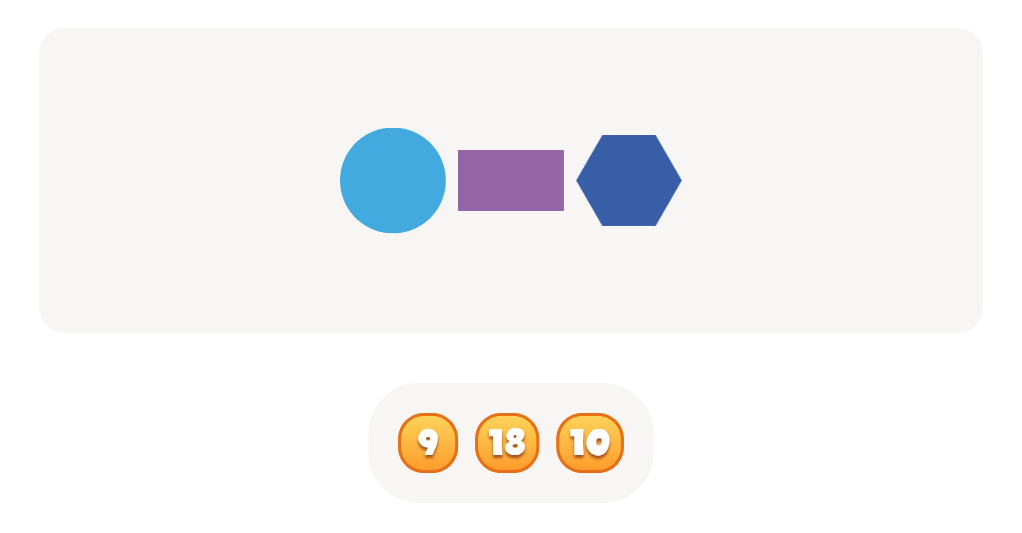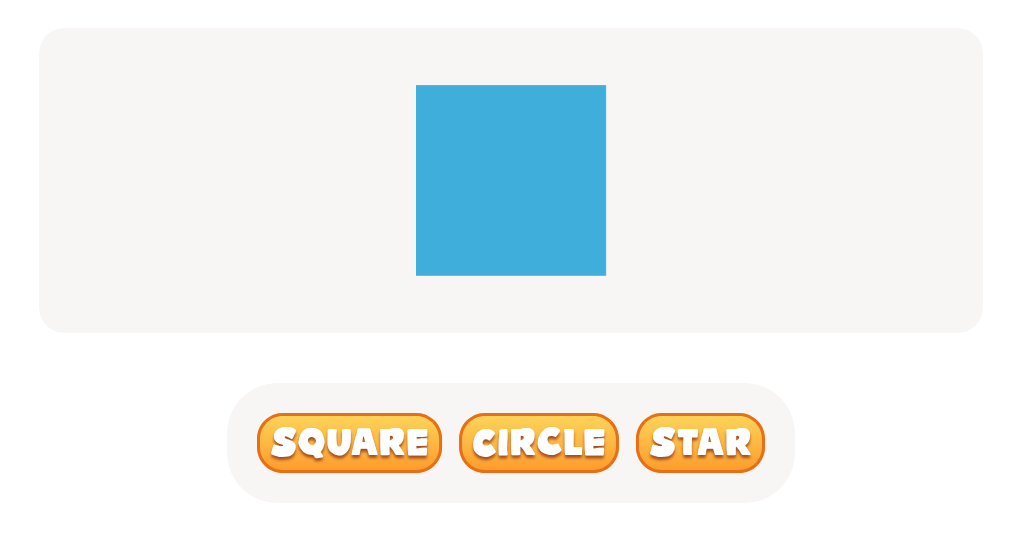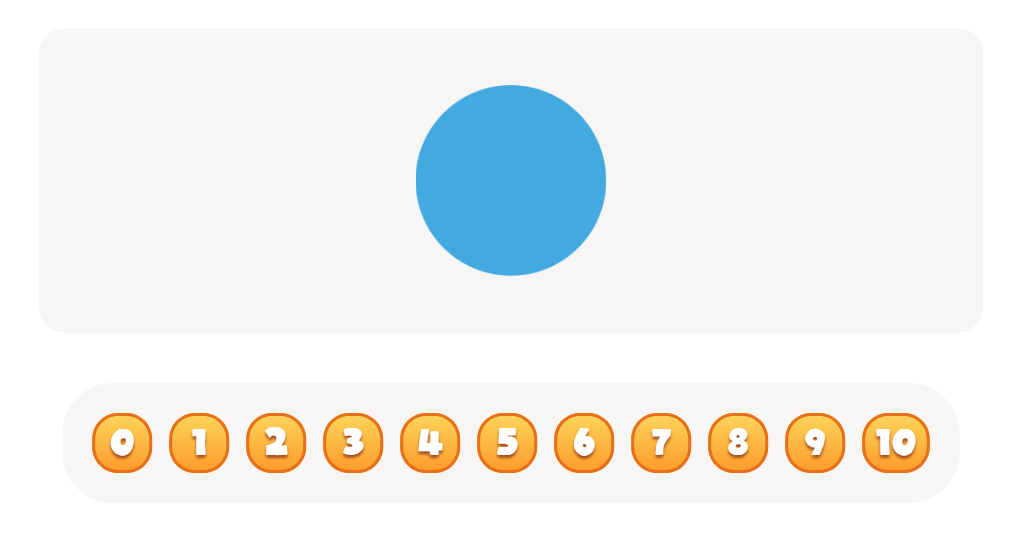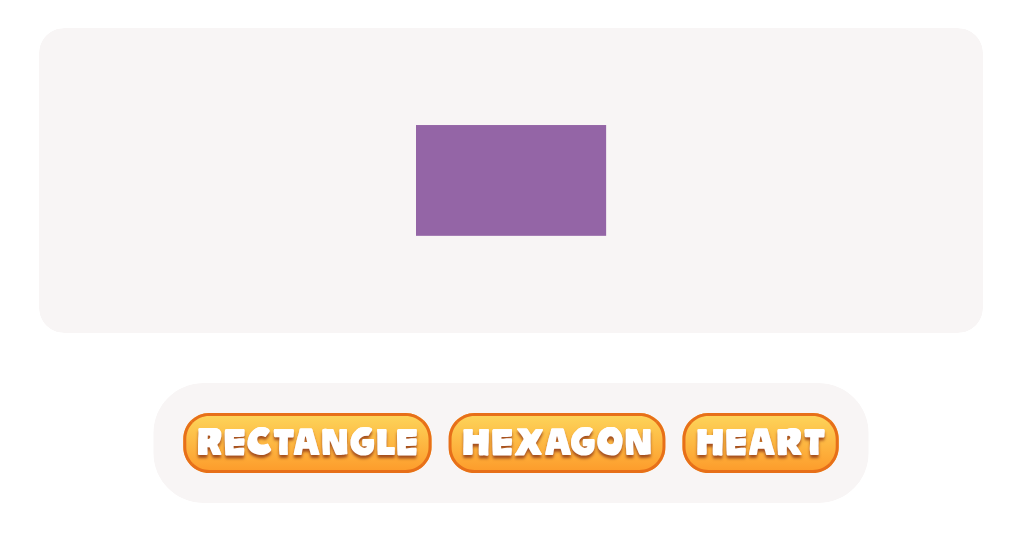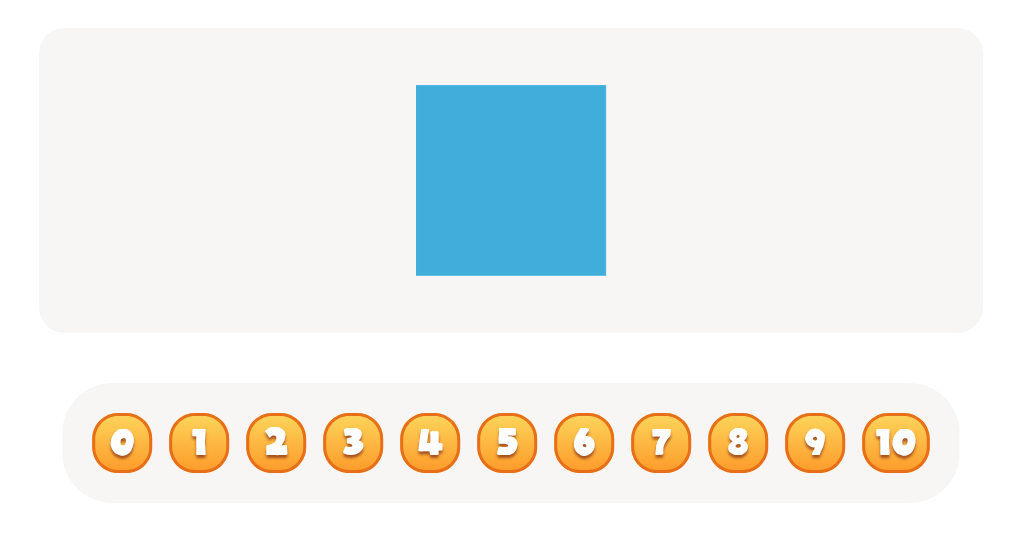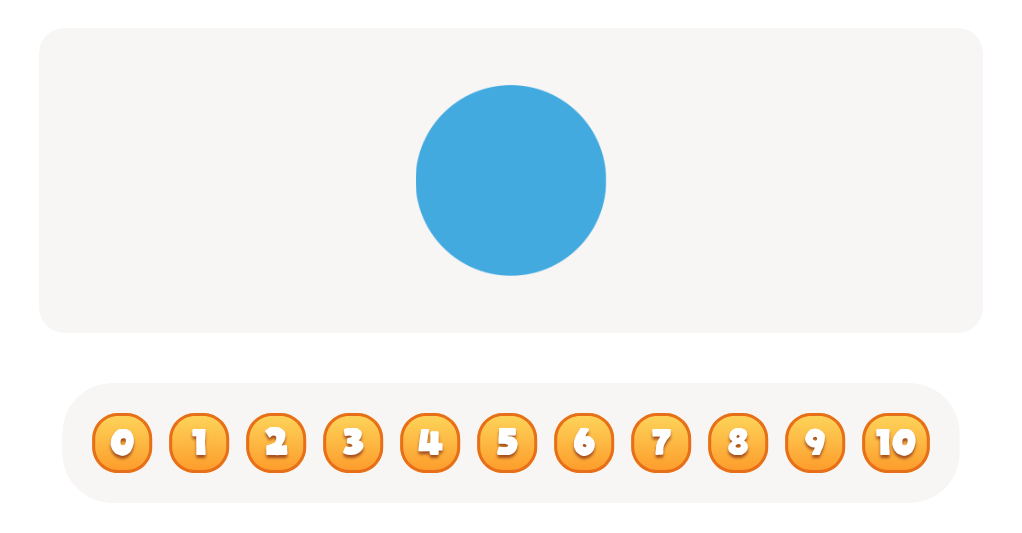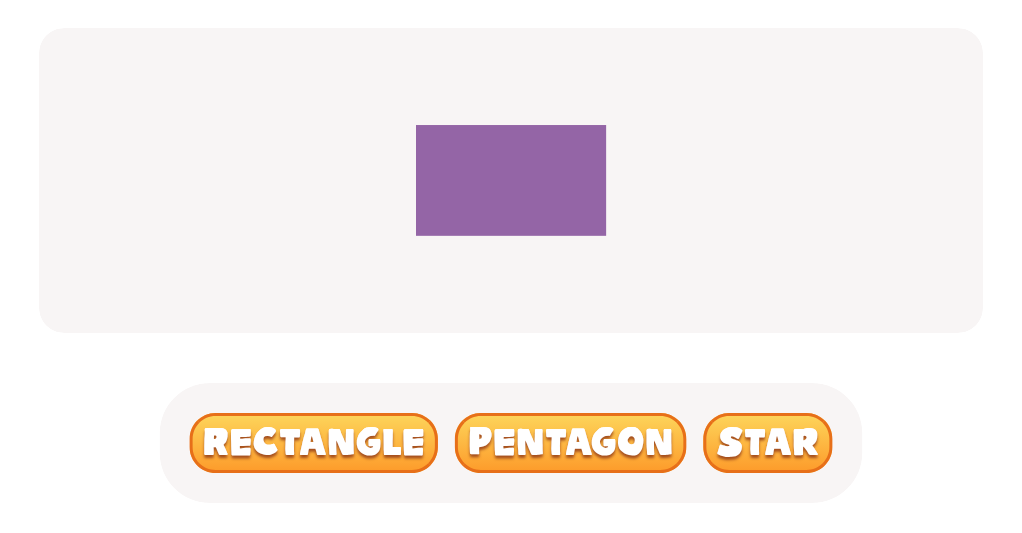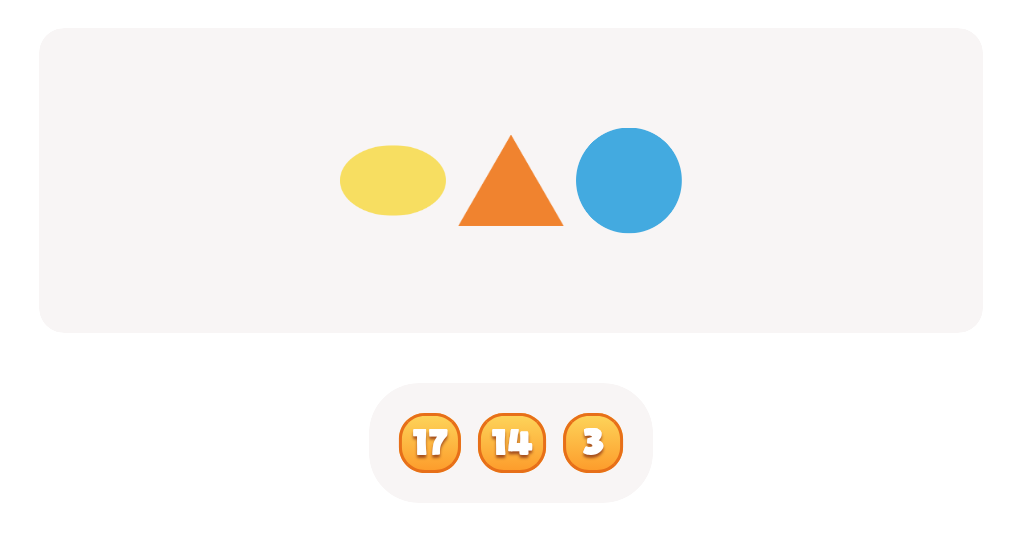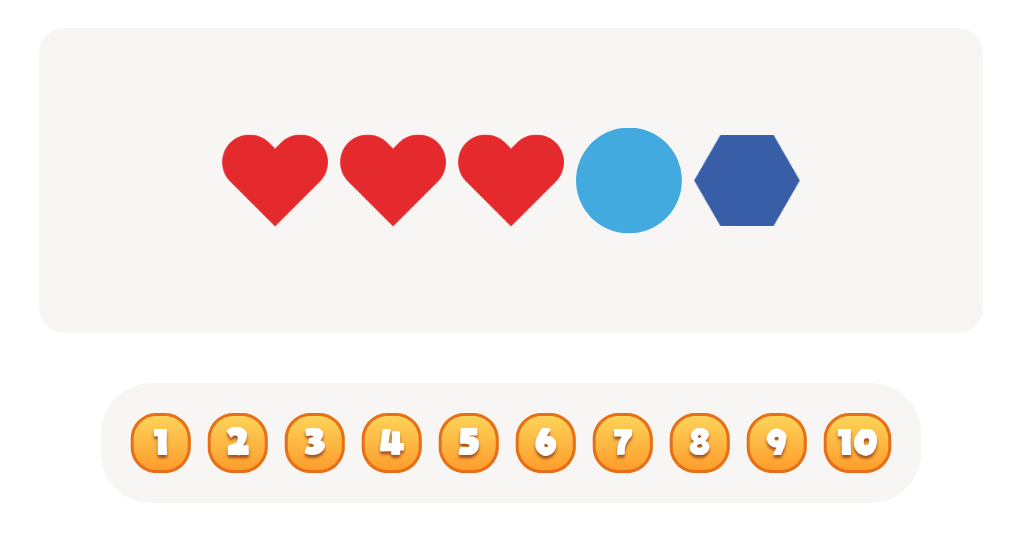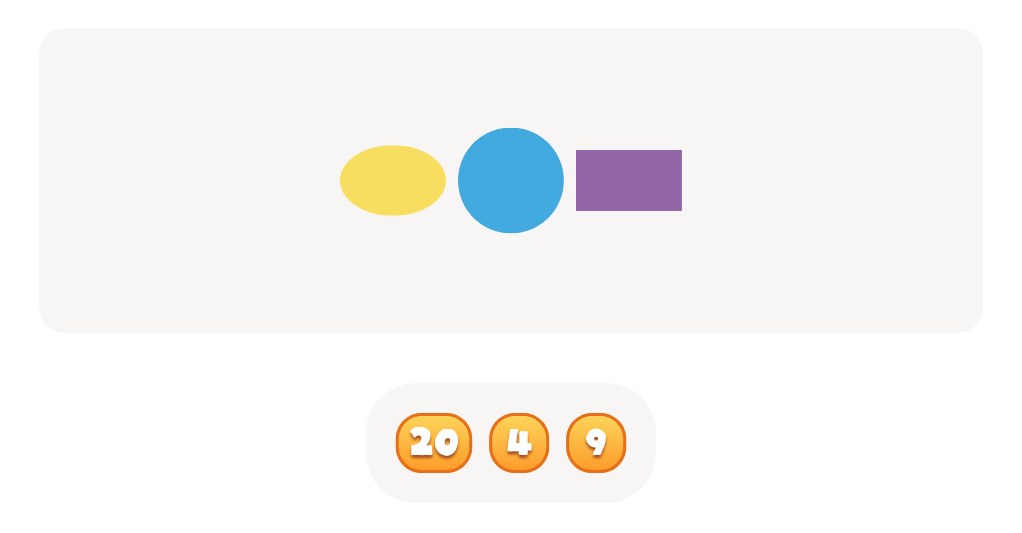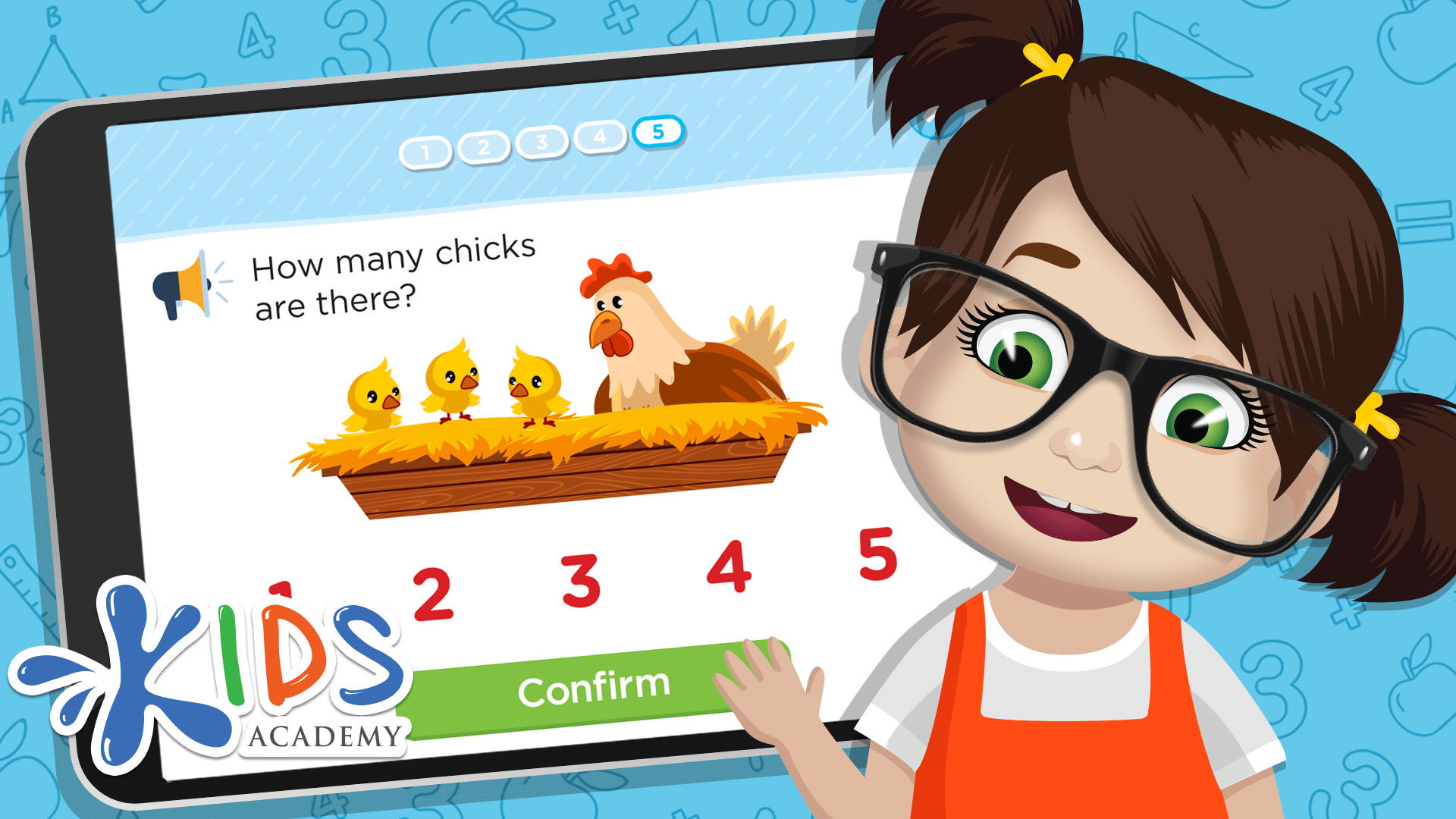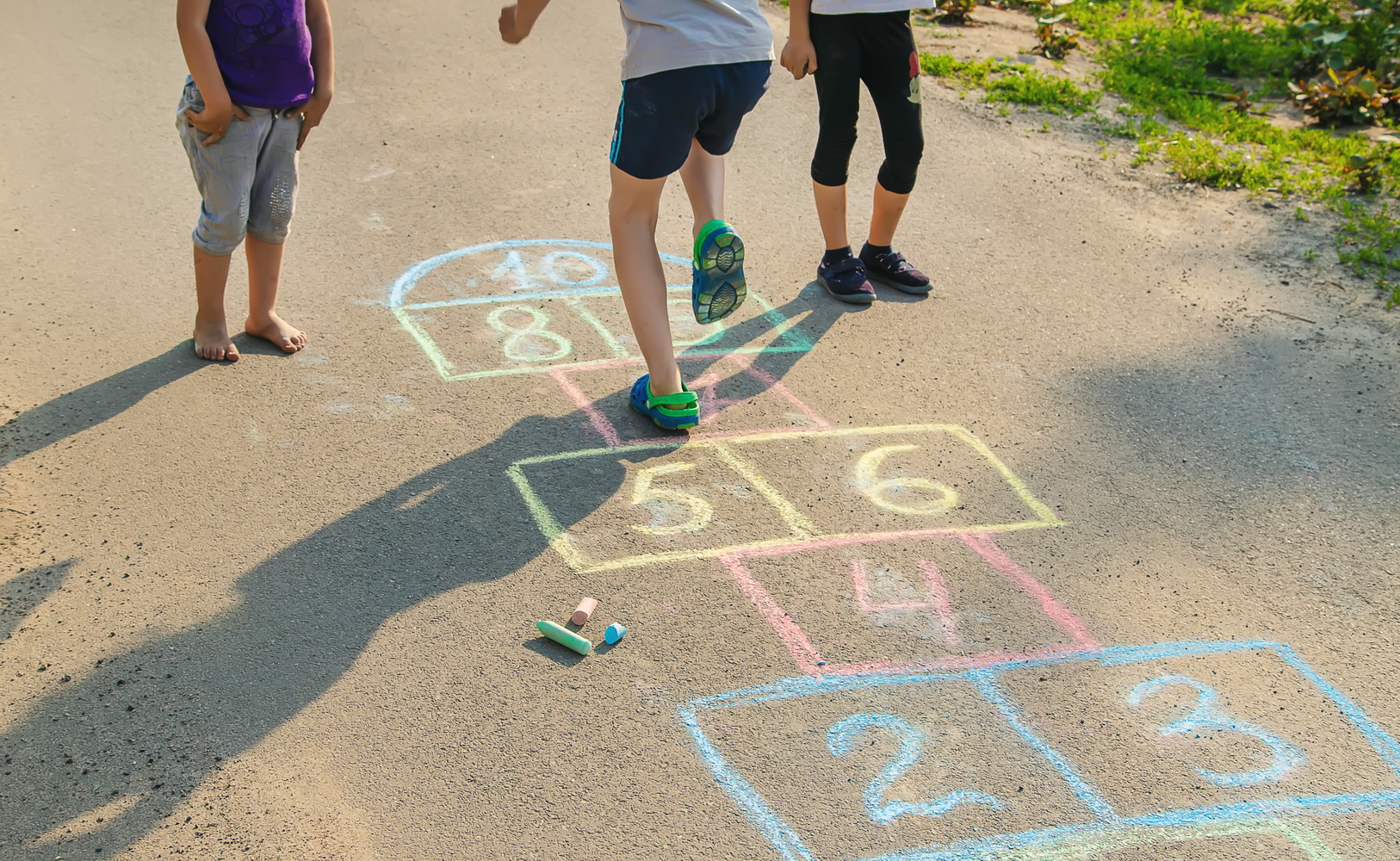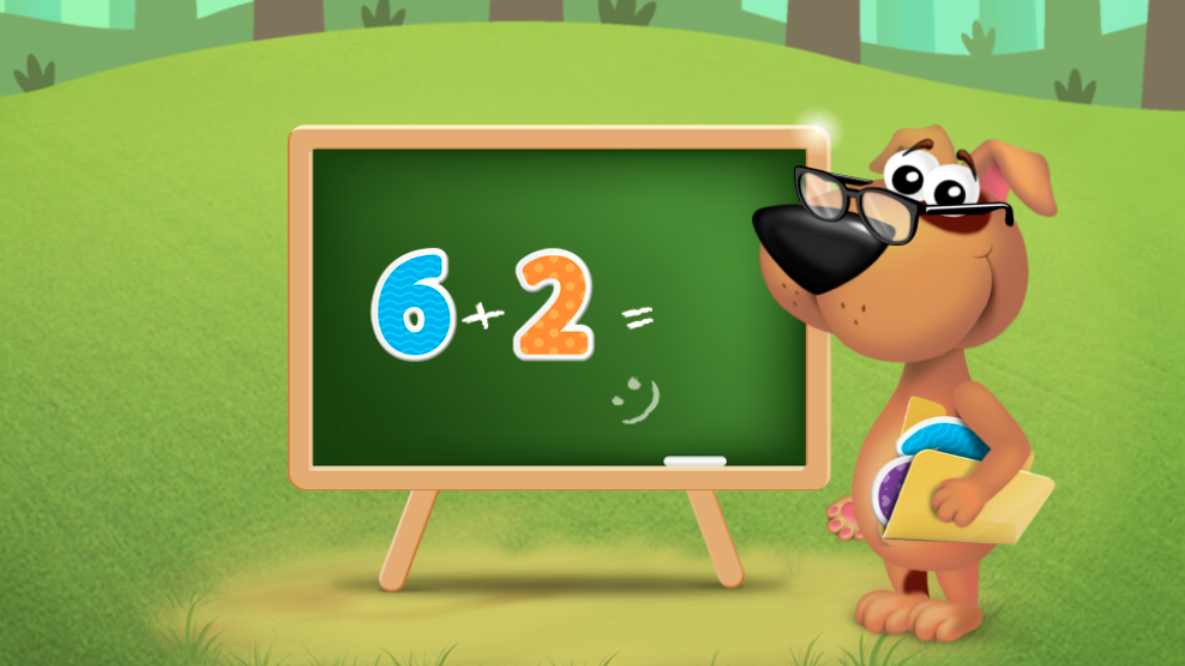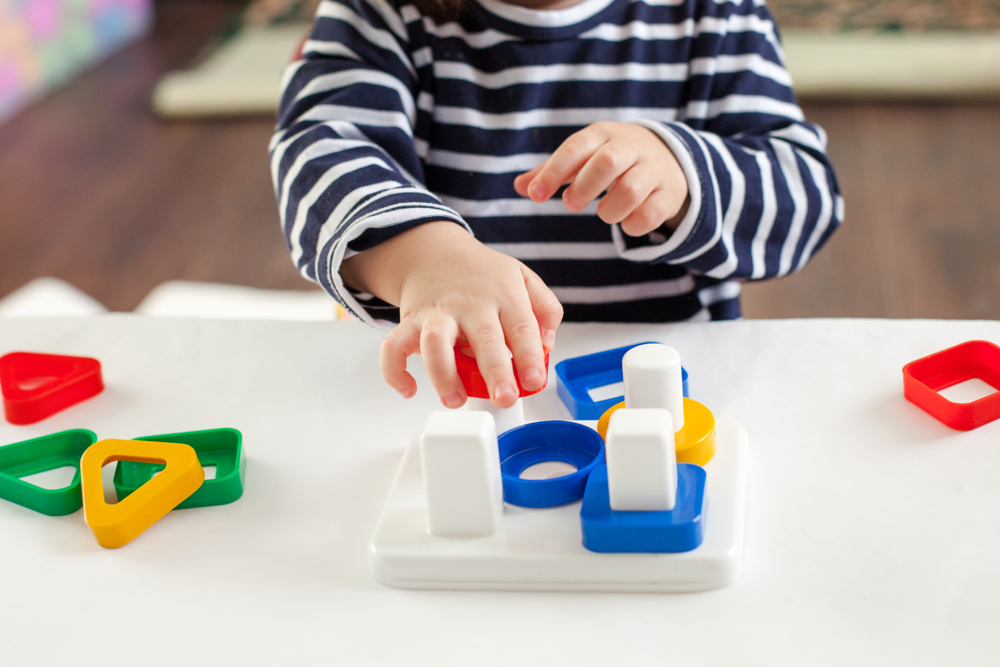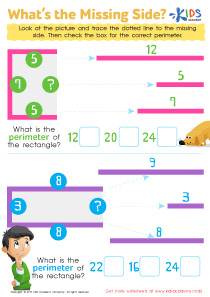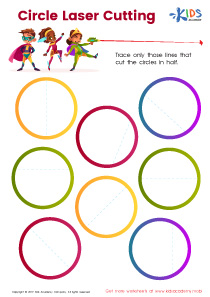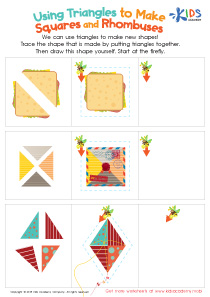Normal 2D Shapes Worksheets for Ages 7-9
5 filtered results
-
From - To
Explore our exciting collection of normal 2D shapes worksheets specifically designed for children aged 7-9! These engaging resources help young learners grasp essential concepts of geometry, including identification, classification, and properties of shapes like circles, squares, triangles, and rectangles. Each worksheet is thoughtfully created to enhance critical thinking and problem-solving skills while making learning enjoyable. With a variety of activities—from tracing and matching to coloring and visual puzzles—children can develop a solid foundation in math. Easy to download and print, these worksheets are perfect for home or classroom use. Start your child's journey into the world of shapes today!
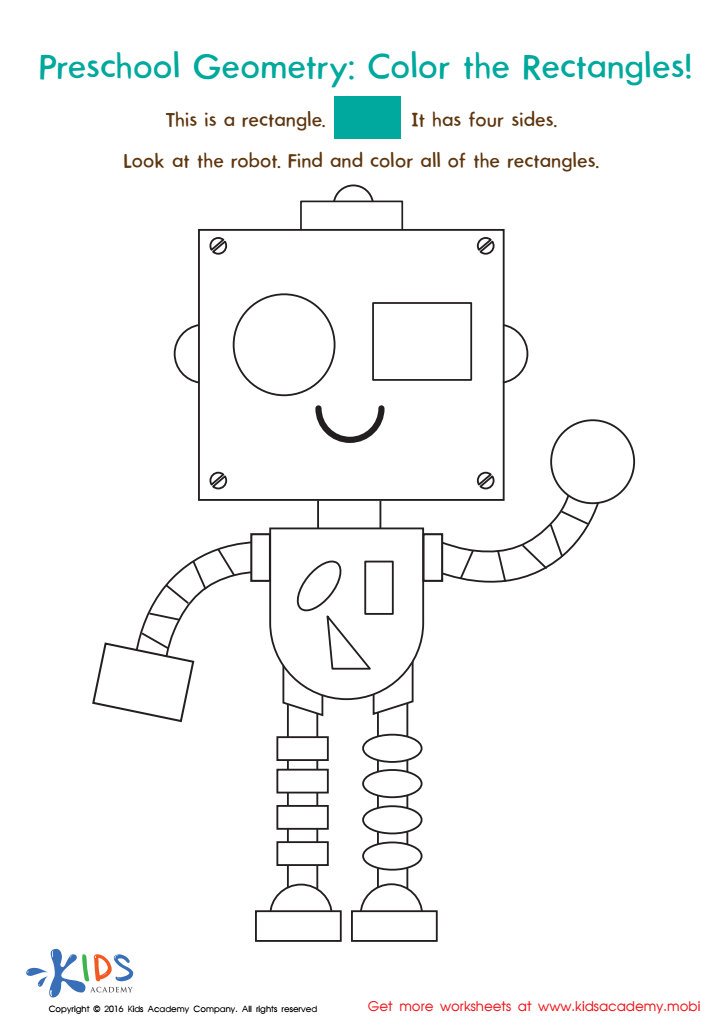

Geometry Worksheet
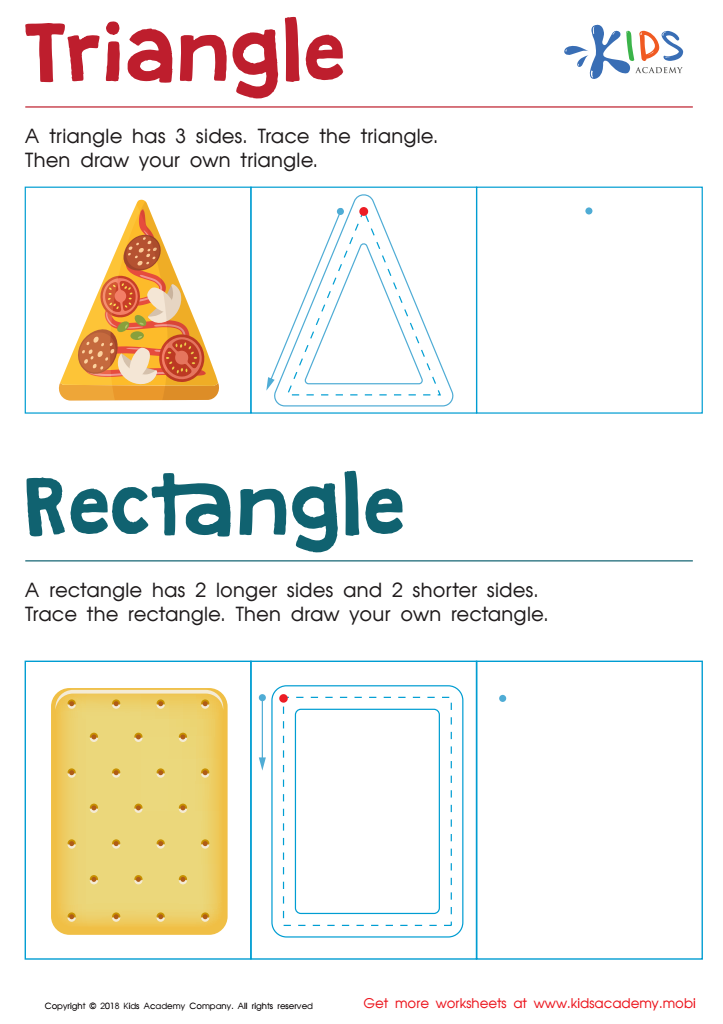

Triangle Rectangle Worksheet
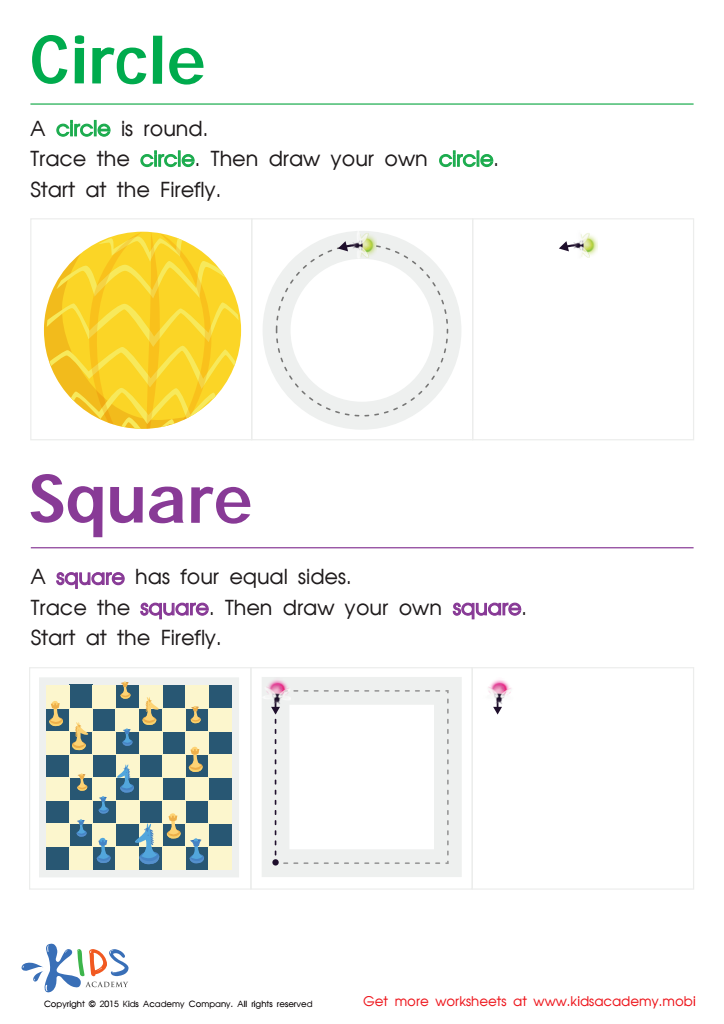

Trace And Draw a Circle And a Square Worksheet
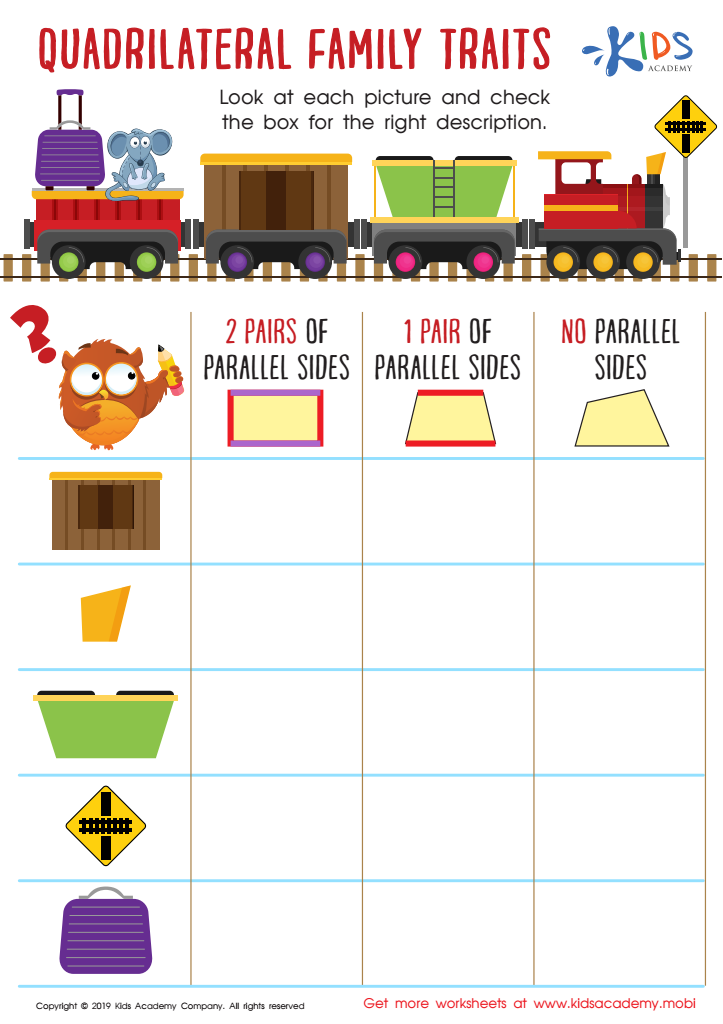

Quadrilateral Family Traits Worksheet
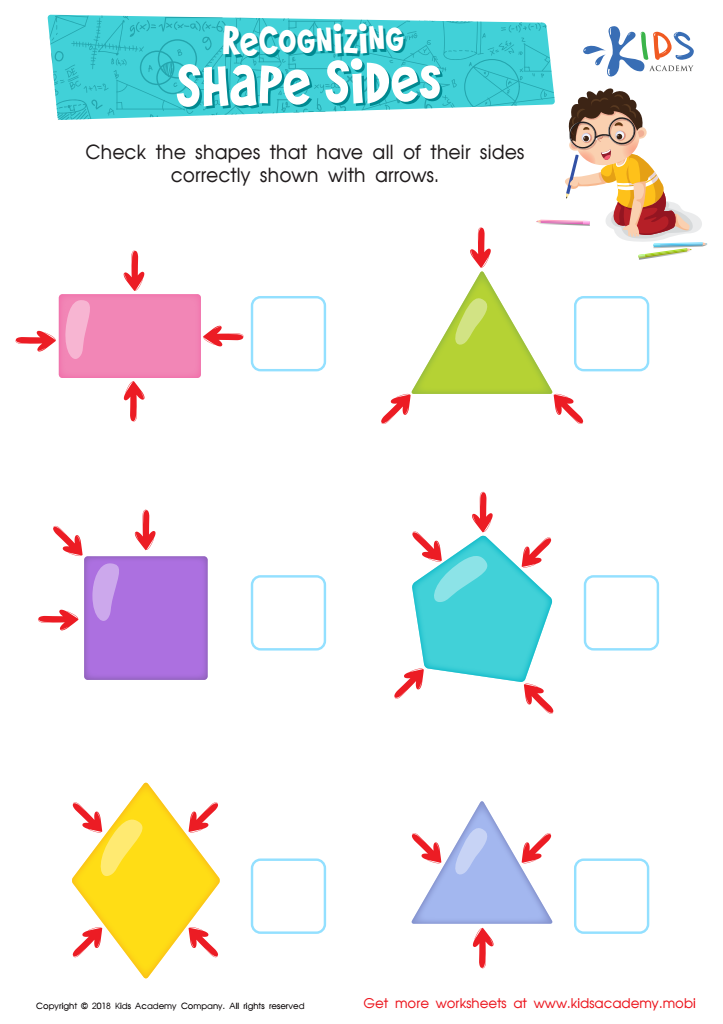

Recognizing Shape Sides Worksheet
Parents and teachers should care about normal 2D shapes for children aged 7-9 because these foundational concepts play a critical role in developing essential mathematical and cognitive skills. Understanding 2D shapes such as circles, squares, triangles, and rectangles enables children to recognize patterns and relationships in their environment, fostering spatial awareness. This knowledge serves as a building block for more complex geometrical concepts they'll encounter in future grades.
At this age, children are also honing their problem-solving abilities. By engaging with 2D shapes through activities like sorting, measuring, and exploring symmetry, they learn to think critically and apply mathematical reasoning in varied contexts. Additionally, shapes are integral in art and design, enhancing creativity and expression.
Furthermore, recognizing and classifying 2D shapes helps children develop language skills, as they learn to describe properties such as sides, angles, and vertices. This foundational geometric knowledge is not just about mathematics; it intertwines with science, technology, engineering, arts, and mathematics (STEAM), thus preparing students for interdisciplinary learning. Ultimately, nurturing an early understanding of 2D shapes empowers children for academic success while fostering a lifelong appreciation for math and problem-solving in everyday life.
 Assign to My Students
Assign to My Students
